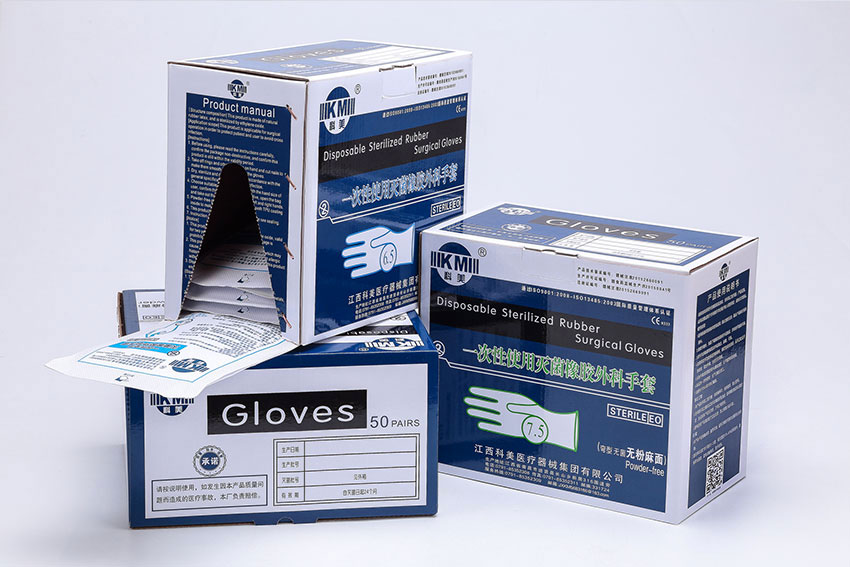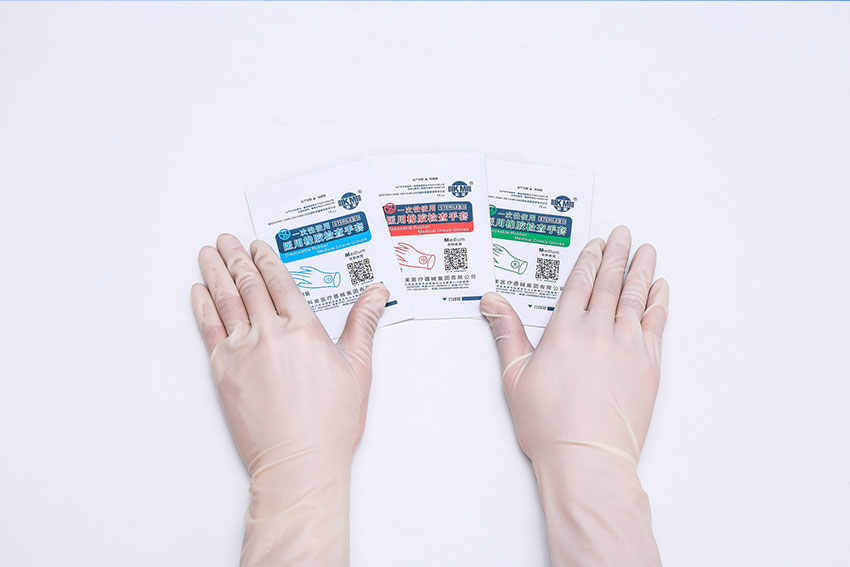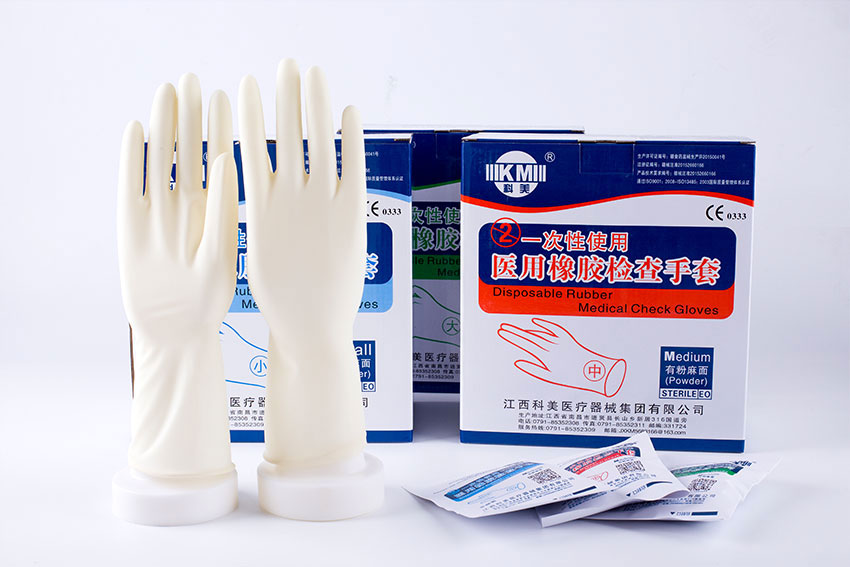Workplace safety is something one cannot ignore, especially when it comes to the medical setting. One crucial tool in ensuring top safety is the Protective Instruments or PPE Kit. PPE shields healthcare personnel from two principal dangers: radiation and biological agents, and top PPE manufacturers ensures that the customers are getting high-quality and durable products. It includes a cover, gown, shoe, mask, latex gloves, and eye protection. This is where safety glasses come into the picture, but why are safety glasses important?
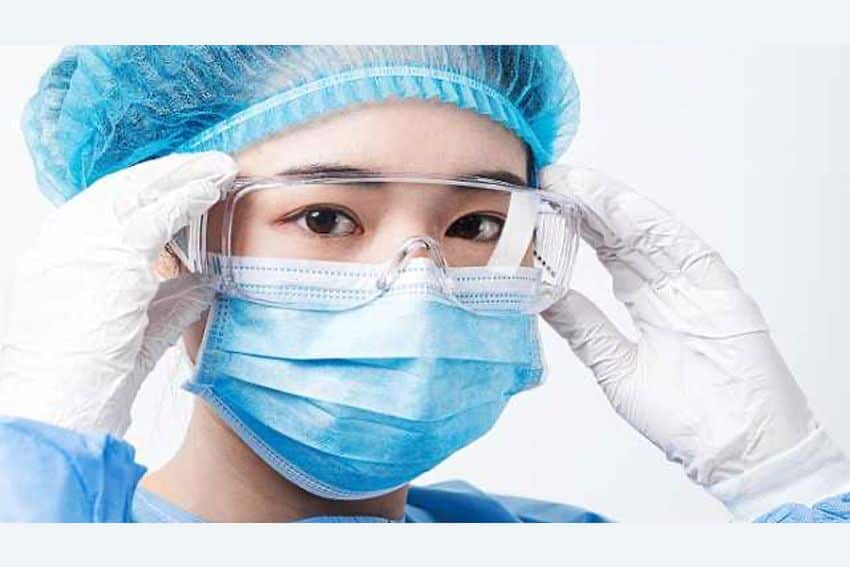
To ensure the safety of the eyes, one should use more than contacts or vision-improving glasses. Safety glasses are essential personal protective equipment for any workplace, protecting the eyes and enhancing the ability to focus while working. What are safety glasses, and what are they made of? What do safety glasses protect you from? And other important details are all covered in this blog post.
What Are Safety Glasses
Safety eyewear, such as safety glasses, encloses or shields the area around the eye from particles, liquids, dirt, or chemicals. So, to answer the question, what do safety glasses protect you from? They cover the eyes from debris and flying dust that could seriously injure or damage the cornea. These glasses are mainly used in laboratories, hospitals, woodworking, etc., and one can use these glasses where the eyes need protection. For people with visual issues and people who wear prescription lenses, a wide variety of safety glasses are available as prescription glasses.
Medical personnel’s eye safety is ensured with medical goggles. Their vision and health are in danger since they frequently contact with their patients’ illnesses or body fluids while providing care. To give the patients the treatment, they require without having to worry about getting ill themselves, medical safety glasses act as a barrier between their excretions and those of their patients. A reputable medical goggles supplier offers non-sterile, non-foggy glasses with a variety of options for size, material, color, lenses, etc.
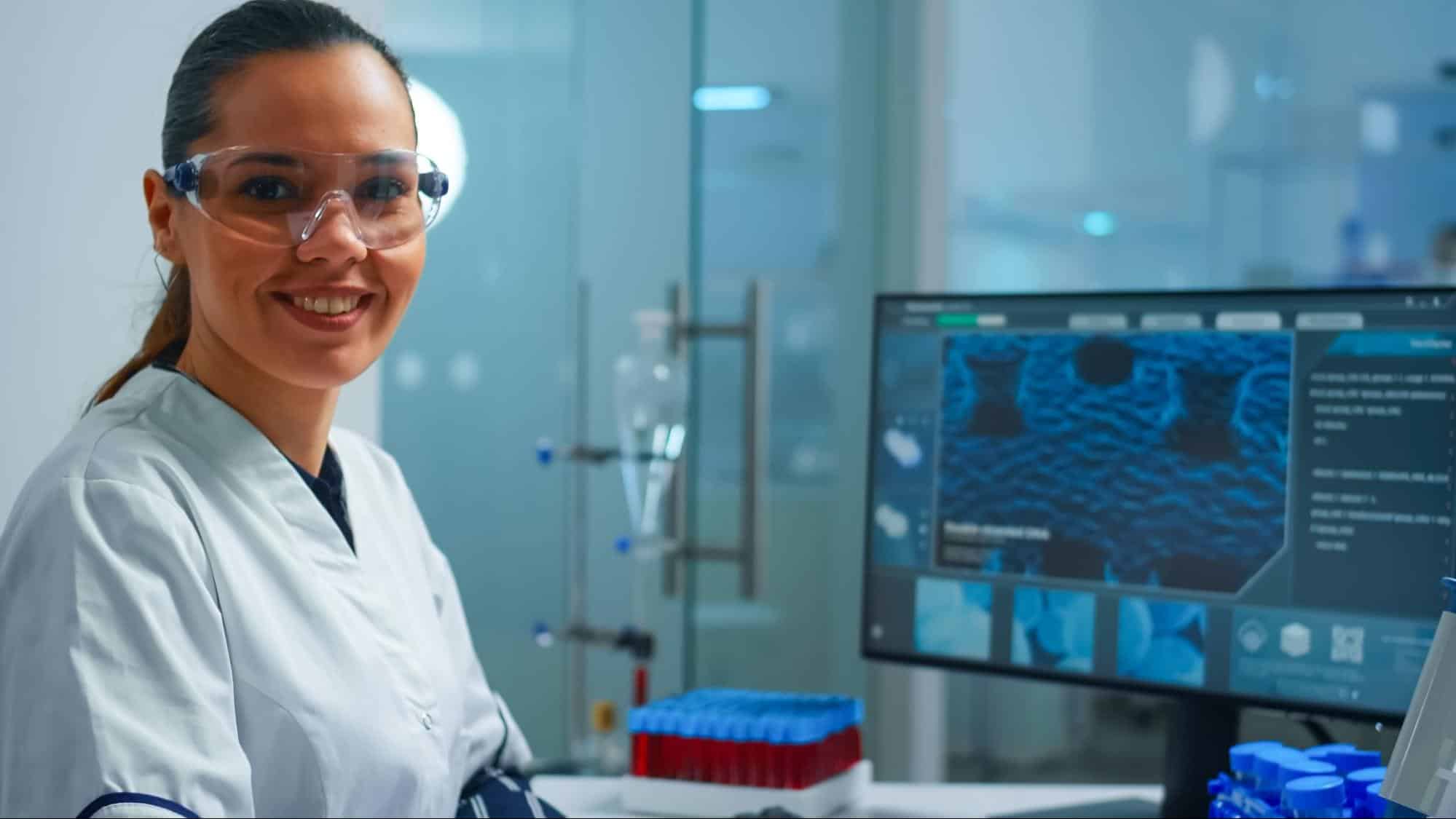
Why Are Safety Glasses Important
Protective eyewear is used to shield human eyes from numerous risks in diverse work environments. The risks present at work are far more dangerous than those present in daily life, making increased protection necessary in several ways. The protective equipment (Learn More About PPE) is created with higher qualities to ensure safety based on these potential workplace hazards. Compared to conventional eyeglasses, safety eyewear must meet a more significant threshold of impact resistance.
It is known that safety glasses protect the eyes in the workplace, but some might wonder why it is important to wear safety glasses. If a person is working with dangerous chemicals or other materials that could get into their eyes and cause injury or if they are involved in any event that results in flying/splatter particles or debris, they must ensure their eye safety.
The National Institute for Occupational Safety and Health reports that people sustain work-related eye injuries daily that require medical attention. Experts in medicine say that by taking the proper precautions, for example, having the highest quality control eye protection, one can prevent these injuries or lessen the severity.
A critical point many are confused about is, can you wear safety glasses over prescription glasses. Safety glasses and face protection disposables such as face masks can be worn on top of prescription eyewear. Wearing safety glasses over prescription glasses ensures two things: first, the eyes won’t be harmed in any way, and second, the prescription glasses won’t break or sustain any other damage.
What Do Safety Glasses Protect You From
Safety glasses are made to shield the eyes from dangers during work. Because they are built of sturdy polycarbonate, there is less chance that flying debris, dust, or other risks can hurt the eyes. Occupational safety and health administration mandates that all employees wear eye and facial protection whenever there is a chance that an accident could be sustained. It could be avoided by wearing such gear. Plumbing, vehicle repair, building, electrical work, and hospitals are a few professions with a significant risk of eye injury.
To answer the question, why is it important to wear safety glasses? There are three reasons:
- It prevents damage: they protect the eyes from debris, particles, etc. If these particles get inside the eyes, they can damage the cornea, and that can lead to a serious eye injury.
- It avoids accidents: they protect the eyes from accidental spills. When someone is working in a lab with chemicals, then there are chances that it can get spilled and get inside the eyes.
- It provides UV protection: If someone works outdoors, these glasses protect them from harmful UV rays.
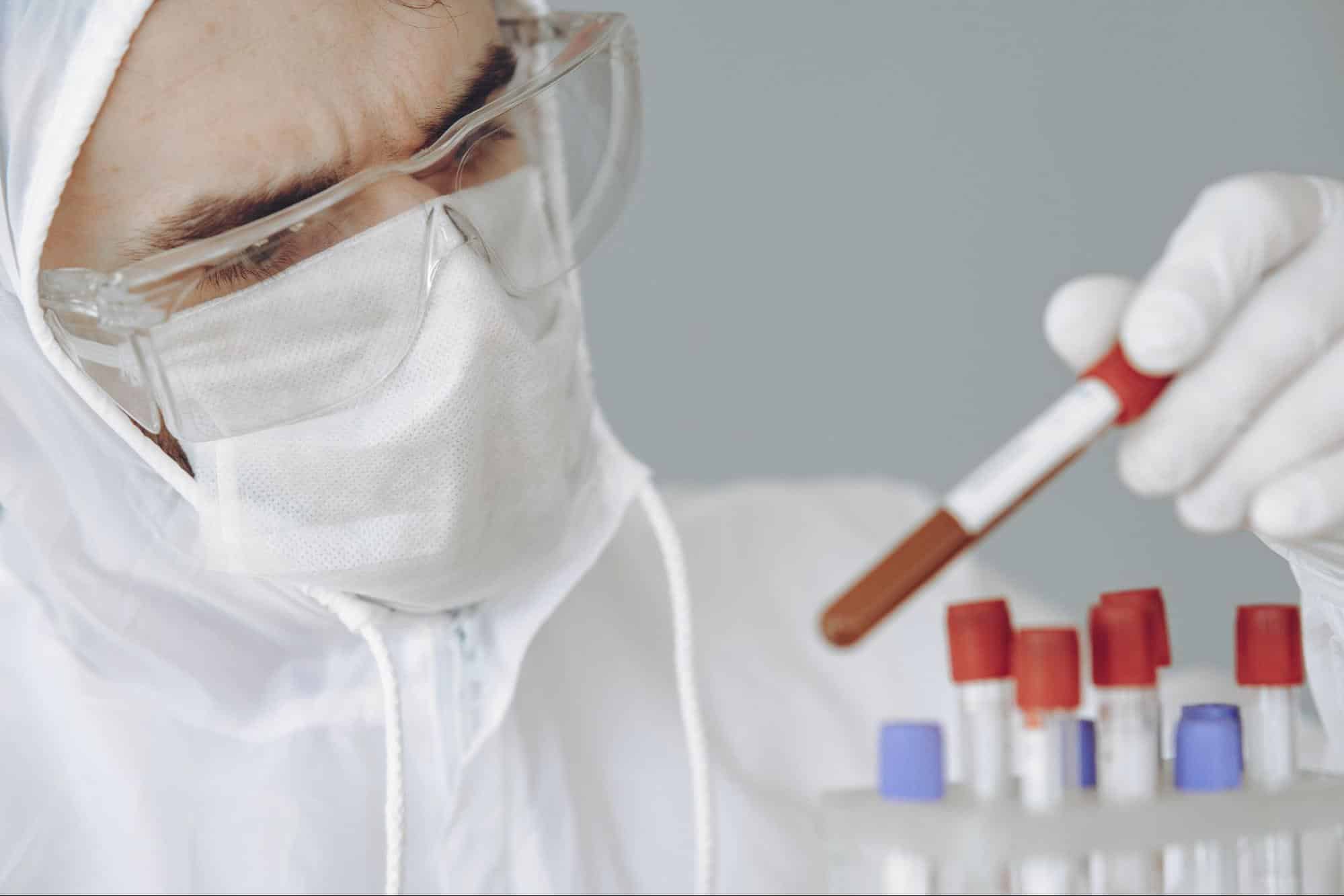
What Are Safety Glasses Used For
Safety glasses have applications in several fields, and the two primary uses are safety glasses for healthcare workers and eye protection glasses for laboratories.
Eye Protection Glasses For Laboratory
All laboratory areas with potential for chemical, biological or physical risks, as well as any time there is a risk of eye injury, require wearing protective eyewear. Eye injuries are relatively common in laboratories and can cause permanent eye damage. Wearing impact-resistant safety glasses and having adequate medical supplies help avoid eye injuries. Pipetting, mixing, centrifuging, blending, and other processes can all result in sprays and splashes.
Safety glasses shield the eyes from chemical splashes, sawing, grinding, etc. The protective eyewear also comes with side shields to guard against side impacts. They are tightly fitted fully enclose the eyes and protect them. Goggles are frequently utilized when using concentrated caustic material, transferring bulk chemicals, or defending against chemical splash dangers. Some eyewear can be worn with prescription lenses.

Safety Glasses For Healthcare Workers
Medical goggles offer sufficient facial protection during procedures, in addition to surgical caps, face masks, and gloves. Gloves put up a wall between the hands and pathogens. In a hospital, using gloves helps stop the transmission of germs and reduces the possibility of contracting illness-causing bacteria. Therefore, gloves protect the skin from infection caused by blood, body fluids, tissues, etc. They are used in wide numbers, so medical exam gloves bulk safeguard medical professionals from germs, viruses, biohazards, chemicals, and other potentially harmful things.
There are types of goggles, such as chemical-resistant safety, which are designed to protect the eyes from liquids and strong chemicals; there are X-ray radiation medical goggles; there are prescription safety glasses for nurses also available, and so on. There is strong evidence that protective eyewear facilitates infection control and reduces the spread of diseases. Transmission from infections in the air isn’t as likely to happen as it is when someone contacts a contaminated surface and scratches their eye, which is another crucial thing to keep in mind. One can avoid touching their eyes by using the goggle as a barrier.
When performing treatments that could cause blood or bodily fluids splashes, healthcare staff must wear goggles as a safety precaution. Goggles are required, for instance, when performing procedures that cause body fluids to become aerosolized such as suctioning or when accessing a vein. Blood splashes into the eye must be avoided at all costs.
In a surgical environment, eye protection is crucial since even workers without close contact with the surgical site risk getting splashed or sprayed with blood. Another essential consideration is that eyeglasses cannot replace goggles; there are prescription safety glasses for healthcare workers.

What Are Safety Glasses Made Of
Polycarbonate, glass, and plastics are the primary materials for safety glasses. The excellent impact resistance of polycarbonate makes it a popular production material for medical goggles lenses. It is a thin plastic with exceptional impact resistance and can absorb 99% of UV rays. Additionally, it ensures the durability of medical safety goggles and is incredibly lightweight. In some situations, due to their relative durability, polycarbonate lenses are favored over glass lenses.
The frames for safety glasses must be more robust and long-lasting than those for everyday glasses. Depending on the purpose, safety frames might occasionally come with side shields and are built of various shatter-resistant materials. For instance, nylon frames are frequently found in sports eyewear due to their flexibility and low weight.
What Are The Best Safety Glasses
The best safety glasses should have the following qualities:
- The safety glasses should cover the face adequately and the area from the eyebrow to the cheekbone. Also, the medical safety glasses should go over the nasal bridge to the outer portion of the face. There shouldn’t be any gaps in the glasses’ fit that could let outside particles in. There are some differences between safety glass and goggles, if you are interested in it, check this post.
- The safety spectacles should fit snugly over the ears and extend past the temples. It is ideal for the frame to be near the face.
- People’s eye protection glasses should provide unrestricted vision over a wide field.
Therefore, if you’re looking for robust frames with wide nasal flares that make goggles comfortable to wear, have an ergonomic design, and are made to fit most prescription safety glasses for medical professionals, you can contact us.

